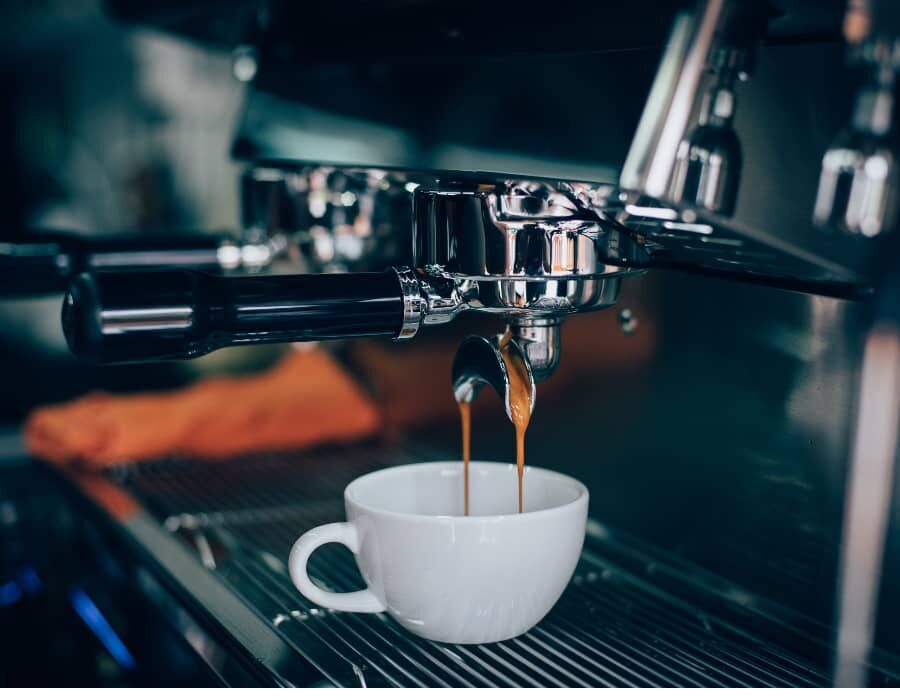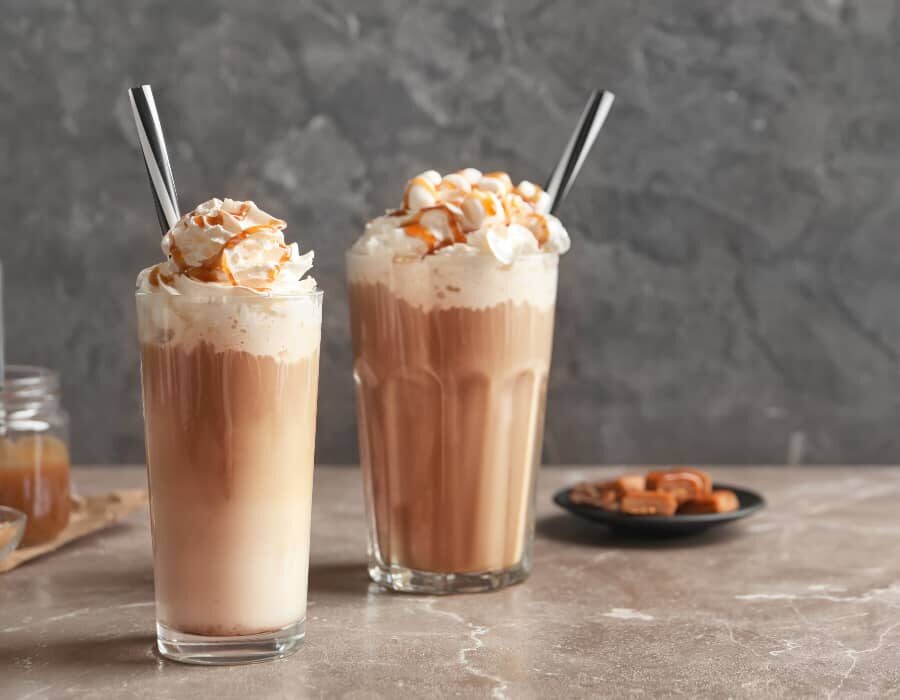For many, coffee is the daily ritual that kickstarts the morning or provides a warm comfort break. But what if you love coffee but want to cut back on caffeine? That’s where decaf comes in — but there’s more to it than just “caffeine-free.” Let’s explore the origins of decaf coffee, how it’s made, how it compares to regular coffee, and what caffeine levels you’ll actually find in decaf options on the market.
☕ The Origins of Decaf Coffee
Decaffeination has been around since the early 20th century. The first commercial process was invented by Ludwig Roselius in 1905. He used benzene — a chemical we now know to be toxic — to remove caffeine. Thankfully, today’s methods are much safer and more sophisticated.
Decaf coffee starts with the same beans as regular coffee. It’s not a separate species of plant, but rather regular coffee beans that undergo a special process to remove most of the caffeine.
🔬 How Is Coffee Decaffeinated?
There are a few main methods used to decaffeinate coffee, and they all aim to preserve flavor while removing caffeine:
- Swiss Water Process (Chemical-Free)
- Uses only water and osmosis to remove caffeine.
- Considered one of the cleanest and most natural methods.
- Often found in organic and specialty coffees.
- CO₂ Method
- Uses pressurized carbon dioxide to extract caffeine.
- Common in larger-scale, high-end operations.
- Retains more flavor than some other methods.
- Solvent-Based Methods (Ethyl Acetate or Methylene Chloride)
- Caffeine is removed using food-safe chemical solvents.
- Widely used and cost-effective.
- Residual solvents are removed before roasting, but some consumers prefer solvent-free options.
☕ What’s the Difference Between Regular and Decaf Coffee?
- Caffeine Content: Regular coffee can have anywhere from 70–140 mg of caffeine per 8 oz cup. Decaf usually contains 2–15 mg per cup, depending on the brand and method used.
- Taste: Decaf sometimes has a slightly altered flavor due to the decaffeination process, which can remove some oils and compounds along with the caffeine.
- Use Cases: Decaf is great for those sensitive to caffeine, for late-night drinking, or for people managing anxiety, heart conditions, or sleep issues.
📊 How Much Caffeine Is in Decaf Coffee?
Decaf isn’t completely caffeine-free. Here’s a breakdown of typical caffeine levels:
| Type | Caffeine (per 8 oz) |
|---|---|
| Regular coffee | 70–140 mg |
| Standard decaf | 5–15 mg |
| Swiss Water Process decaf | 2–5 mg |
| CO₂ Process decaf | 5–10 mg |
| Instant decaf (e.g. Nescafé) | ~3–12 mg |
For comparison, a single espresso shot (1 oz) has ~63 mg caffeine, while a cola has ~30–40 mg per 12 oz.
🌱 Is Decaf Right for You?
If you:
- Love coffee but get jittery or anxious,
- Want a nighttime brew without sleep disruption,
- Are managing caffeine sensitivity or health conditions,
…then decaf can be a great alternative — especially when you choose quality beans and a clean decaffeination method.
🔍 Pro Tips for Buying Good Decaf
- Look for Swiss Water Process or “chemical-free” labels.
- Check roast dates — freshness matters even with decaf.
- Try single-origin decaf for better flavor profiles.
- Avoid instant if you care about quality (or go with reputable brands).
📝 Final Thoughts
Decaf coffee has come a long way — no longer a bland, sad substitute, but a legitimate, flavorful choice for coffee lovers. By understanding the origins, how it’s made, and what to look for on the label, you can enjoy a cup that suits both your palate and your lifestyle.
“Have you found a decaf you love? Share your favorite brand or brewing method in the comments below!”


